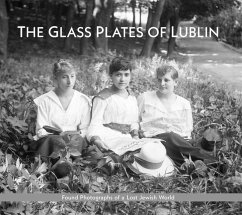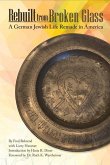The Glass Plates of Lublin features selections from the 2,700 glass photographic plates discovered in the attic of a nineteenth-century apartment building in the former Jewish section of Lublin, Poland. Taken between 1913 and 1930, they capture the teeming life of Lublin before the war, at a time when Jews composed a third of the city's population. The images include Jews and Poles, children and the elderly, young lovers, workers, athletes, and everyday people who posed for a camera long ago never dreaming that their portraits would one day be of interest to anyone. Unearthed in 2010, the plates have been restored and are now exhibited at the Grodzka Gate--NN Theatre Centre in Lublin, where curator Piotr Nazaruk and his staff continue to work assiduously to identify their subjects and solve the mystery of the photographer who took them.







